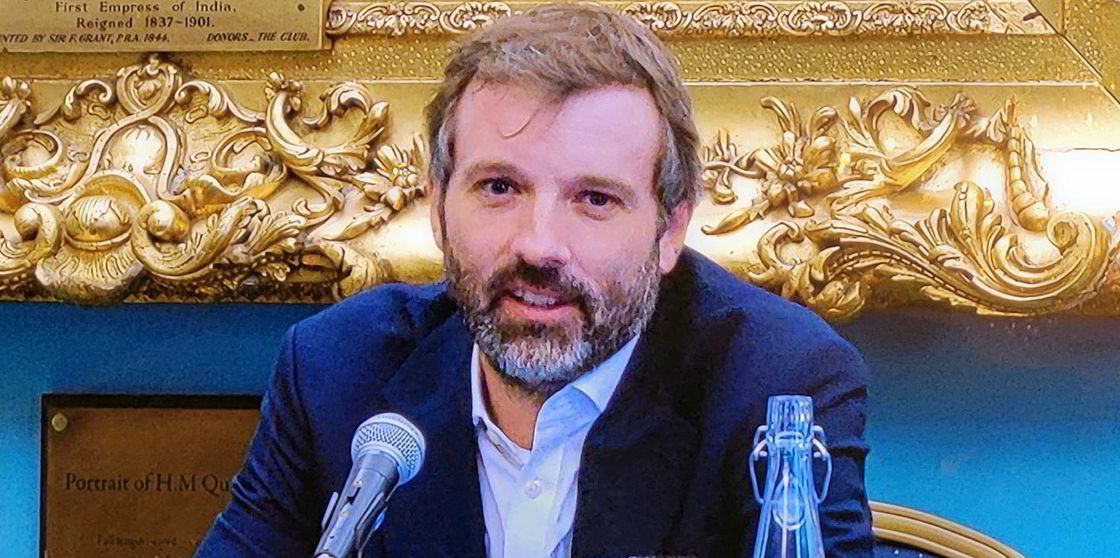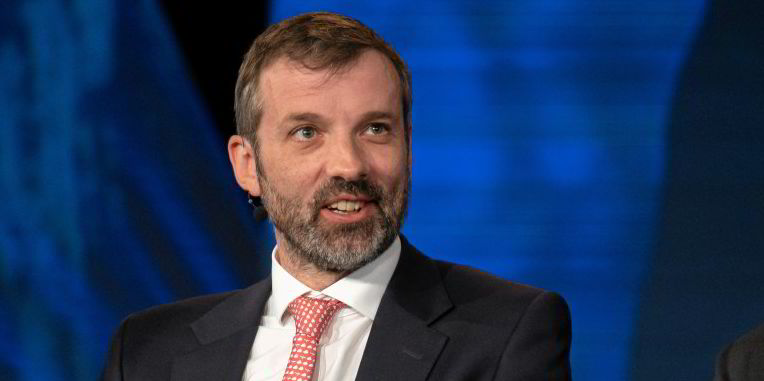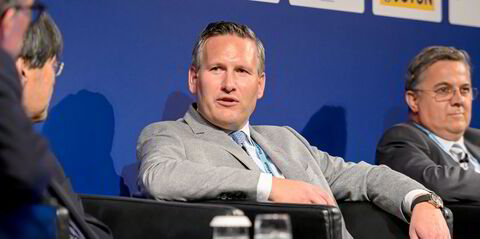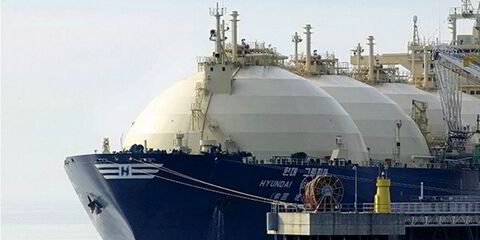LNG markets are gearing up for longer shipping distances with incoming new volumes set to head east and improve demand, shipowner Cool Company said.
Speaking on a results call, CoolCo chief executive Richard Tyrrell said up until now LNG has tended to be traded with its west and east basins but the company sees shipping distances increasing on the back of the diversions away from the Red Sea and congestion at the Panama Canal.
But he said charterers are starting to re-evaluate their requirements for this year and 2025 with these disruptions in mind.
“Current LNG prices are expected to spur demand in the more distant markets that are even further away than normal because of these disruptions and this is positive for our modern ships,” he said.
Tyrrell admitted that CoolCo shares have been “under pressure” since the end of the fourth quarter.
He cited the warmer-than-expected weather, falling gas prices and charterers seeking to sublet vessels in their fleets, which have pushed down sentiment.
But he said the company sees these sublets clearing the market and, with shipping demand increasing with long distances through the year, “we expect rates to bounce back”.
Tyrrell said it is hard to envisage how older steam turbine ships stay in the market and this, coupled with new LNG supply coming online, is expected to balance the shipping market.
The CEO detailed that some 110m tonnes per annum of LNG is due to come onstream with each additional 1.0 mtpa requiring two to three LNG carriers, depending on where it is delivered.
He commented that these liquefaction projects are on schedule and led by big players, with Novatek’s Arctic LNG 2 as the only “wildcard”.
Tyrrell said most of this new LNG will have to go east as Europe is largely full and the key markets are gearing up to take the product over long shipping distances.
The CEO blasted the older steam turbine ships, some of which, he said, had been given an extra lease of life following Russia’s invasion of Ukraine in 2022. But he said the company is expecting numerous retirements of these vessels in the coming years due to the high cost of keeping them on the water in the face of lower rates.
He asked rhetorically: “Is it worth spending $10m on a dry-dock[ing] for an off-contract vessel when spot rates for steam turbines are as low as $25,000 per day? We don’t see how anyone can make that work?”
Agnostic
Tyrrell said the company had no announcement to make on its fourth quarter 2024-delivering LNG newbuildings today. But he added: “We remain confident of fixing these vessels before delivery.”
Answering questions, Tyrrell added that the duo are targeted at long-term business but said CoolCo is agnostic as to whether this means five or 15-year deals.
He said the softer market has meant that the level of enquiry is down somewhat but it is still there. He said CoolCo has a strong sense of how many ships are needed but less so on when charterers need to pull the trigger and secure their shipping.
CoolCo is scheduled to dry-dock four of its tri-fuel diesel-electric vessels in 2024. Its 160,000-cbm Kool Crystal, Kool Frost (both built 2014) and Kool Ice (built 2015) will be off-hire for around 30 days in the second and third quarters.
The company’s 160,000-cbm LNG carrier Kool Husky (ex-Golar Bear, built 2014) will be out of action for some 50 days during which a sub-cooler and air lubrication system will be fitted to enhance performance and reduce emissions.
Tyrrell said CoolCo will benchmark the ship’s performance before and after dry-docking and split any improvement with charterer Santos Shipping under a new charter for the vessel announced in February.
CoolCo has one LNG carrier falling open for charter in late July and another in late November.
The company guided on operating revenues of between $88m and $89m in the first quarter of 2024 and $84m to $85m in the following three months.






